python--列表list
********************* 列表list **********************
列表的定義
定義一個空列表
list = []
定義一個包含元素的列表,元素可以是任意類型,包括數值類型,列表,字符串等均可。
list = ["fentiao", 4, ‘gender‘]
list1 = [‘fentiao‘,(4,‘male‘)]列表是可變類型的序列,而元組與字符串是不可變類型的序列
# 此處定義一列表,名為list1
>>> list1 = ["fentiao", 4, "male"]
# 通過python的內置函數type查看list1的數據類型>>> type(list1)
<type ‘list‘>
# 此處我查看下標為1元素的值,重新給這個索引賦值,我們發現列表的元素是可變的;
>>> list1[1]
4
>>> list1[1] = 5
>>> list1
[‘fentiao‘, 5, ‘male‘]
列表的操作:理解"對象=屬性+方法"與類

列表的索引
下標是從0開始計算,比如list[0]讀取的是列表的第1個元素;
list[-1]讀取的是列表的倒數第1個元素;>>> list1[0]
‘fentiao‘
>>> list1[-1]
‘male‘列表判斷
>>> list1
[‘fentiao‘, 5, ‘male‘, ‘cat‘]1).查看列表長度:
>>>len(list1)
4
2).列表元素的查找:
>>>‘fentiao’ in list1
True
>>>‘fendai‘ in list1
False
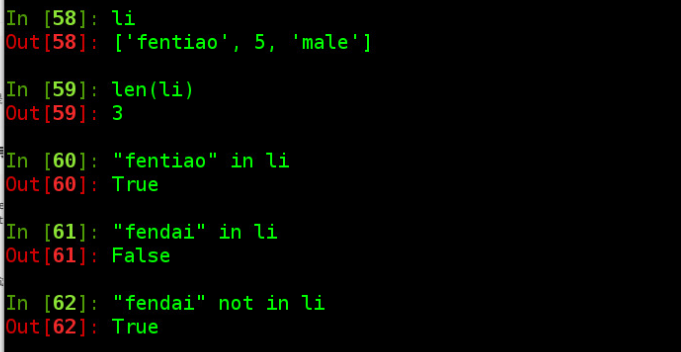
列表的切片
>>> list1[:] //通過切片的方式可以實現列表的復制
[‘fentiao‘, 5, ‘male‘]0代表從哪個索引開始切片;
3代表切片到哪個位置,並且不包含第三個索引;
2代表切片的步長;
>>> list1[0:3:2]
[‘fentiao‘, ‘male‘]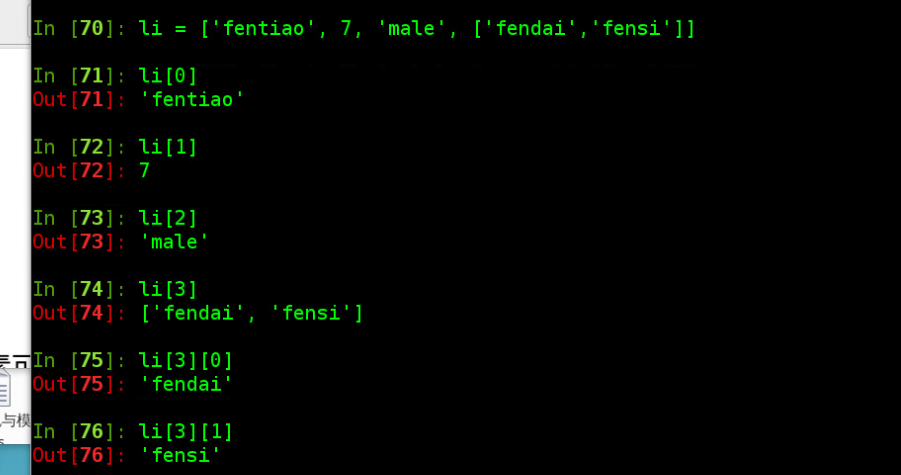
列表的添加
1).列表可通過append方法添加元素;添加到末尾
>>> list1.append(‘cat‘)
>>> list1
[‘fentiao‘, 5, ‘male‘, ‘cat‘]>>>len(list1)
4
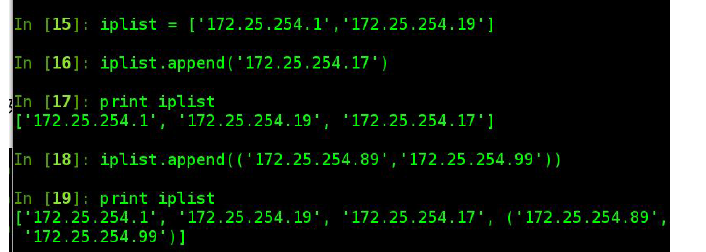
2).列表可通過方法添加元素;>>>list1.extend([‘hello‘,‘python‘])
[‘fentiao‘, 5, ‘male‘, ‘cat‘,‘hello‘,‘python‘]
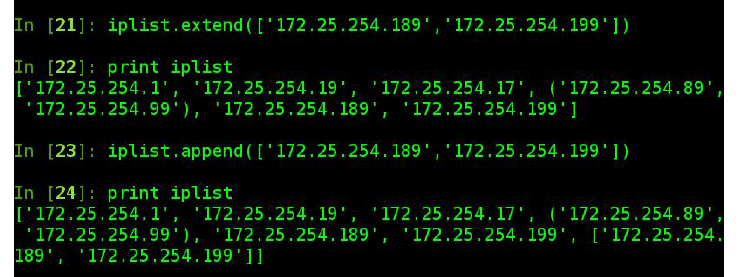
3).在指定位置添加元素使用inert方法;
L.insert(index, object) ##index指定位,object添加元素值
列表的修改
修改列表的元素:直接重新賦值;>>>list1[0] = ‘fendai‘
[‘fendai‘, 5, ‘male‘, ‘cat‘]

列表的查看
查看某個列表元素的下表用index方法;>>>list1.index(‘fentiao‘) --‘fentiao‘在第0個元素位
0
>>>list1.append(‘fentiao‘)
>>>list1.index(‘fentiao‘,1,5) --‘fentiao‘在第1到5之間的第4個元素位
4
查看某個列表元素出現的次數用count方法;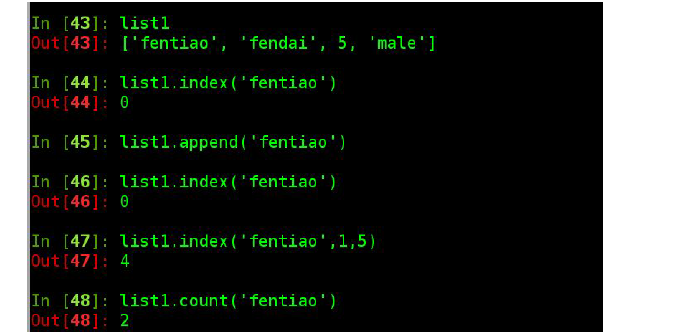
列表的刪除
方法一:
list.remove(list[3]) ##刪除列表的元素
list.remove(‘male‘) ##刪除male
>>> list1.remove("cat")>>> list1
[‘fendai‘, 5, ‘male‘]
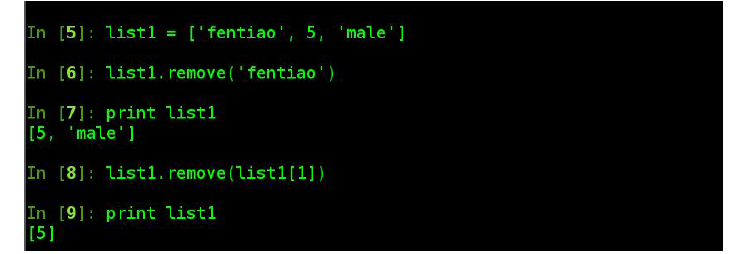
方法二:
list.pop() ##默認刪除最後一位
list.pop(2) ##刪除第三個元素
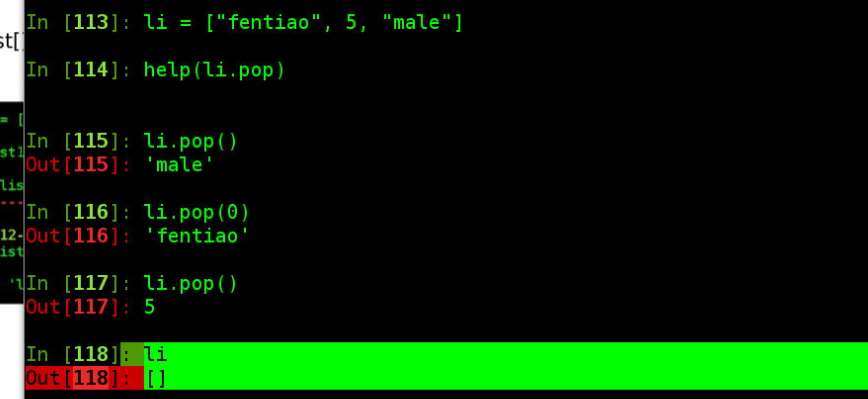
方法三:
del(list[3]) ##刪除列表元素
del list ##刪除列表

練習
打印1-10中所有的偶數
打印1-10中所有的奇數
>>> range(1,10)
[1, 2, 3, 4, 5, 6, 7, 8, 9]
>>> range(1,10,2)
[1, 3, 5, 7, 9]
>>> range(0,10,2)
[0, 2, 4, 6, 8]
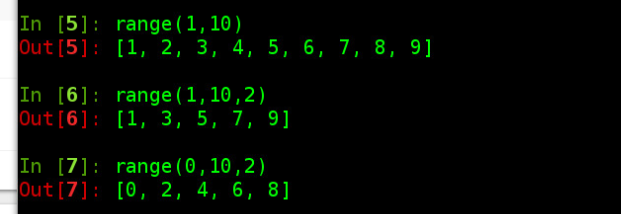
for語句:
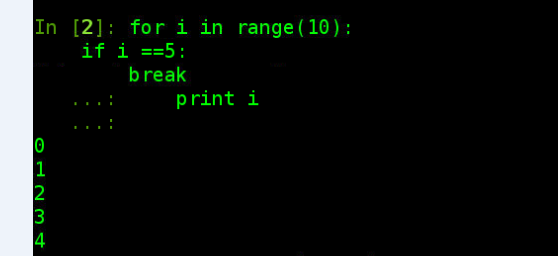
python--列表list
